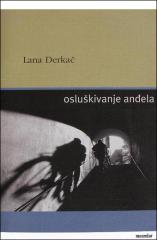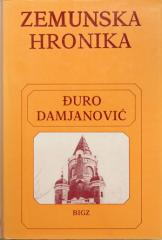
Rogus
In Rogus, Ivana Šojat fascinatingly combines two worlds, two Osijeks, contemporary and baroque, and tells the story of women who are still fighting for their positions in a man's world, just as they did almost three hundred years ago.
Young archaeologist Angelina Pavković from Osijek is at a turning point in her life: she loves her job, but everything else has become a rut. She is aware that it can't go on like this. Žarko wants to enroll in a doctorate, but he cannot find a common language with his partner, promising physicist Jakov. When she discovers a place where witches were burned in a locality in Osijek, her life turns upside down. She is interested in the case of her namesake, Anica Pavković, the last witch burned in Osijek in 1738. Suddenly, everything becomes clearer, her dreams and what is happening around her. She begins to wonder if she is her reincarnation, who is Jakov, and who are her friends, high school teacher Jasna, with whom she has been friends since childhood, fellow archaeologist Igor and others around her... The heroines of Rogus are real in their fears, as well as in to their strength to endure the cruelest tortures and defeat death, as the last "witch", and to fight for themselves, their dreams, love and passion like Angelina.
"Women are more susceptible to sin, that's the attitude, I find. Women are suspicious in all their states. Widows, unmarried, poor, but also those rich who can take care of themselves, thin, women with strange hairstyles, rebellious, those who gave birth to too many, but also those who have too few children, who did not give birth, those who dared to sow a field with different seeds, who touched a dead pig, who wear clothes made of many kinds of cloth, women who have a mole or a wart, raped women. They can all be witches. It is enough to point your finger at one of them. Because everyone will eventually admit it. He has to admit."
No copies available
The last copy was sold recently.





